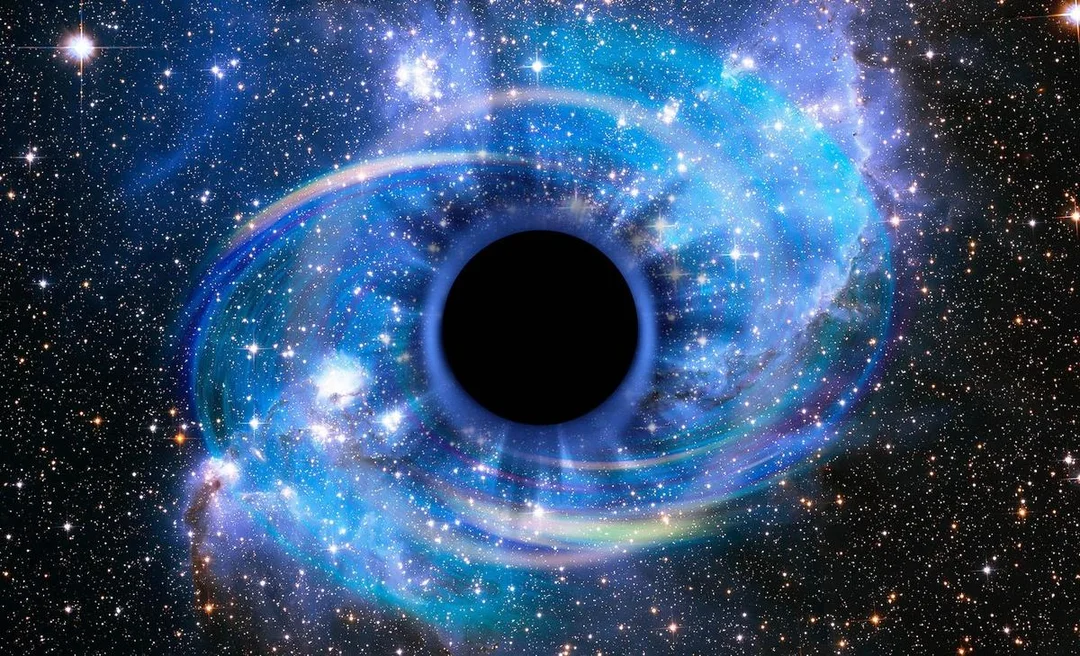
Black Hole Singularities Under Fire: Are We Wrong About Einstein’s Cosmic Abyss?
For decades, the black hole singularity has been a cornerstone of our understanding of these cosmic giants. These infinitely dense points at the center of black holes, where the laws of physics as we know them break down, have fascinated and perplexed scientists. But now, a radical shift may be on the horizon, challenging the very existence of these singularities and forcing us to rethink what lies within these gravitational behemoths.
The Problem with Singularities: The concept of a singularity, born from Karl Schwarzschild's solutions to Einstein's equations, presents a profound challenge to physics. As Stefano Liberati of the Institute for Fundamental Physics of the Universe (IFPU) puts it, singularities are the “hic sunt leones” – the unknown and potentially dangerous territories on the maps of our understanding. They represent a point where general relativity, one of the most successful theories in physics, seemingly fails under extreme conditions.
Challenging the Standard Model: While observations like gravitational wave detections and the Event Horizon Telescope's images of black hole shadows have strengthened evidence for the existence of black holes, they haven't confirmed or denied the presence of singularities. This has driven researchers to explore alternative models.
Three Competing Models: A recent IFPU workshop brought together leading experts who distilled their debates into a new paper outlining three main black hole models:
- The Classical Black Hole: Faithful to Einstein, retaining both the event horizon and the singularity.
- The Regular Black Hole: Eliminates the singularity, replacing it with a finite quantum-driven region, while keeping the event horizon.
- The Black Hole Mimicker: Does away with both the horizon and the singularity, mimicking the external features of a black hole using exotic matter or modified gravity.

Beyond the Event Horizon: Seeking Answers: The key to distinguishing these models lies in probing what happens just outside the event horizon. Non-classical objects like black hole mimickers might reveal subtle deviations from Einstein's predictions. High-resolution imaging could unveil extra photon rings or asymmetries. Gravitational wave detectors might pick up faint echoes from surfaces replacing the horizon.
Why Does This Matter? Confirming or replacing the singularity concept has profound implications. As William Egginton, a philosopher at Johns Hopkins University, argues, black holes might be “crevices of unreason” revealing that our understood world is not real. Furthermore, evidence for a finite core or a mimicker could unlock the secrets of quantum gravity, uniting general relativity and quantum mechanics.
The Future of Black Hole Research: With more sophisticated instruments and advanced simulations on the horizon, we're entering a new era of black hole exploration. Theory will guide observation, and observation will refine theory. The coming years promise to reshape our deepest understanding of space, time, and matter, potentially rewriting the story of these enigmatic cosmic objects.
Are we on the verge of a revolution in our understanding of black holes? Will the singularity survive the scrutiny of next-generation observations? Leave your thoughts and predictions in the comments below.